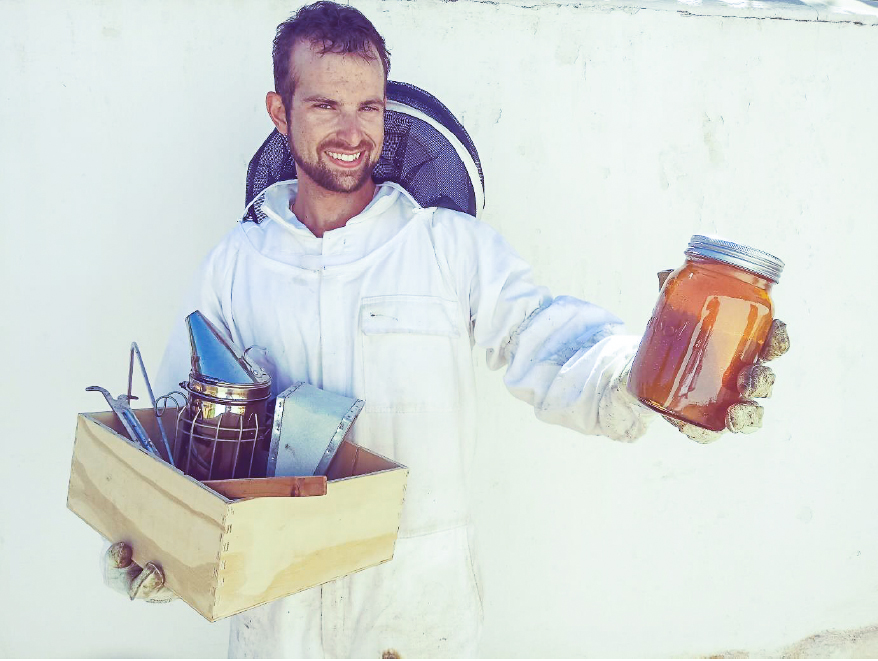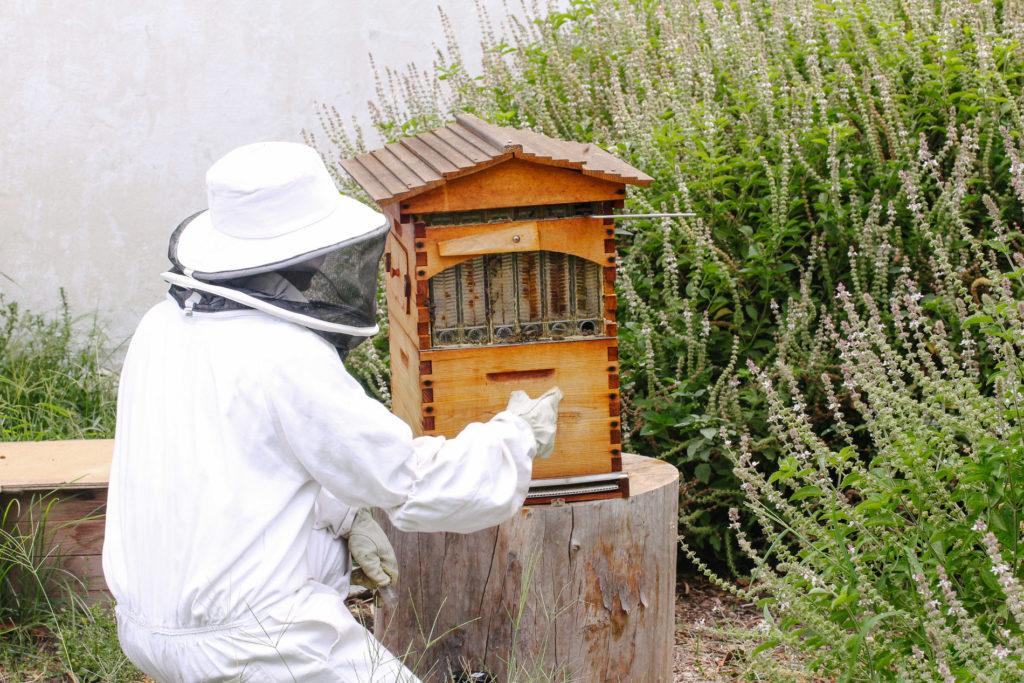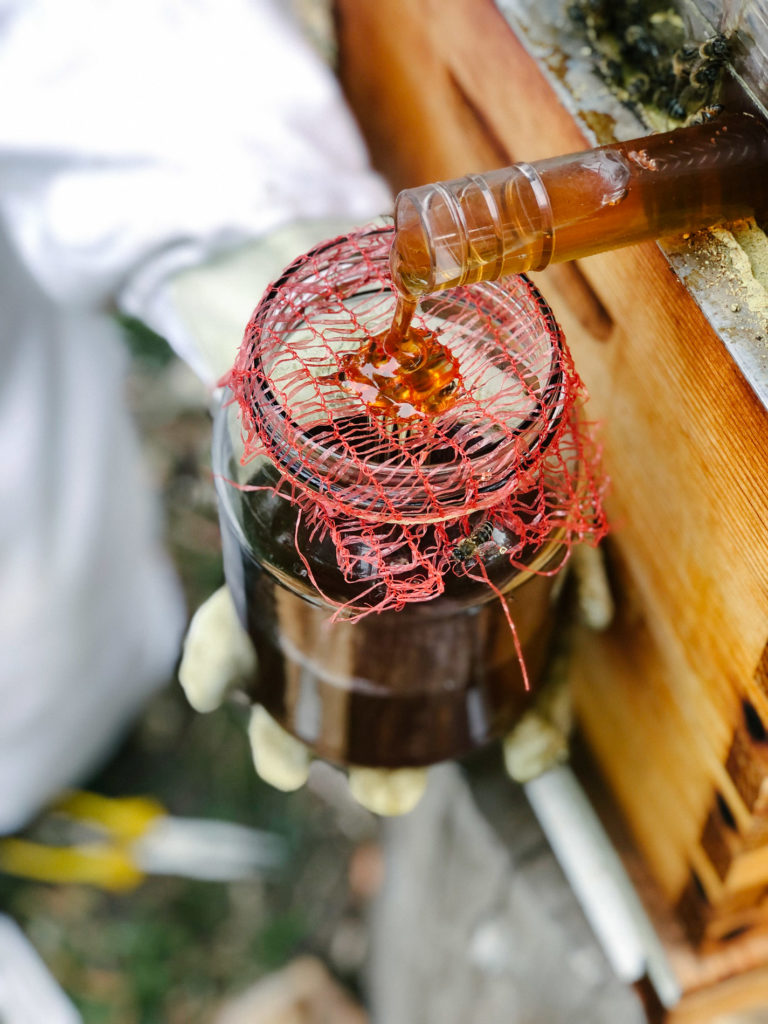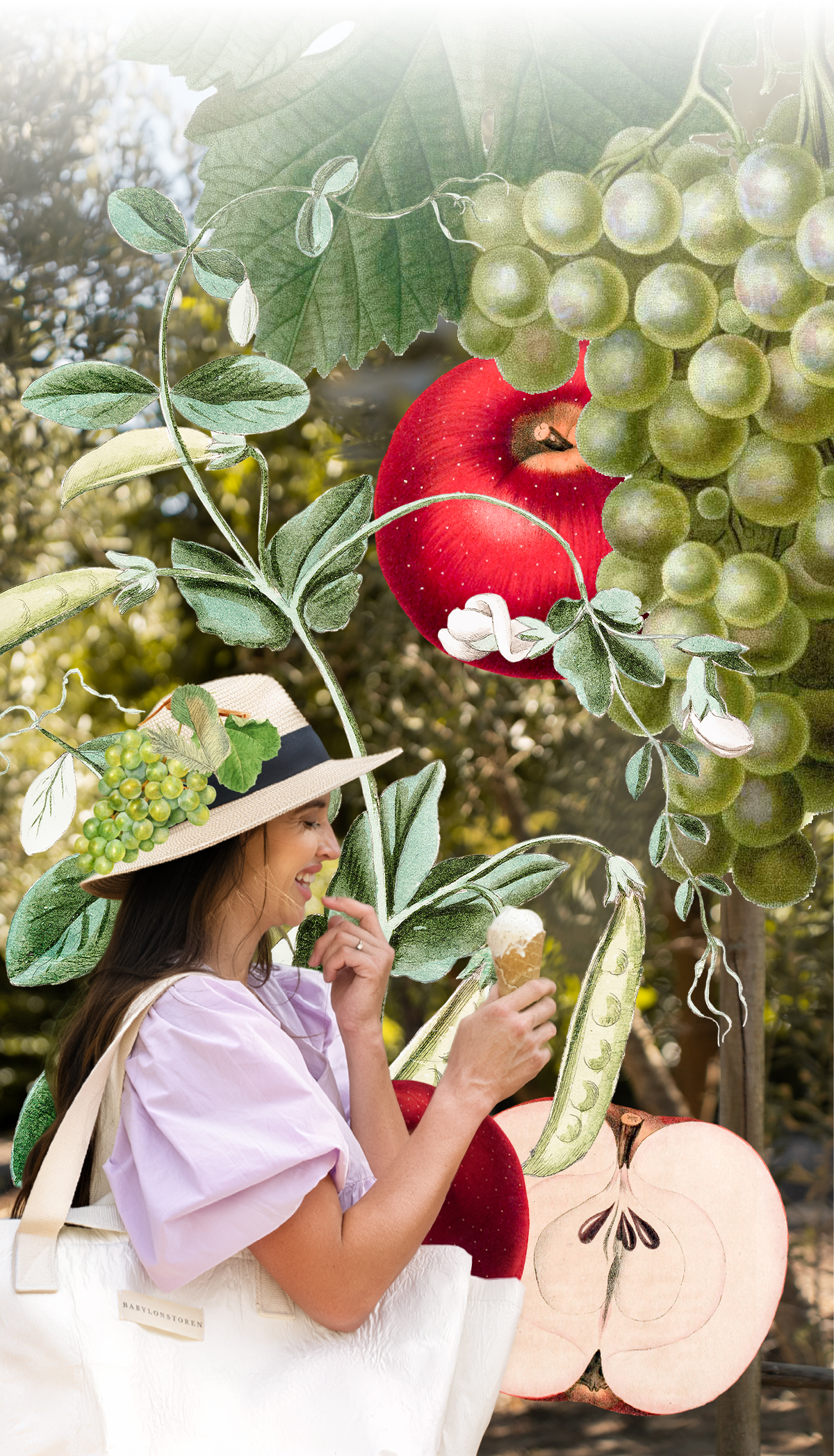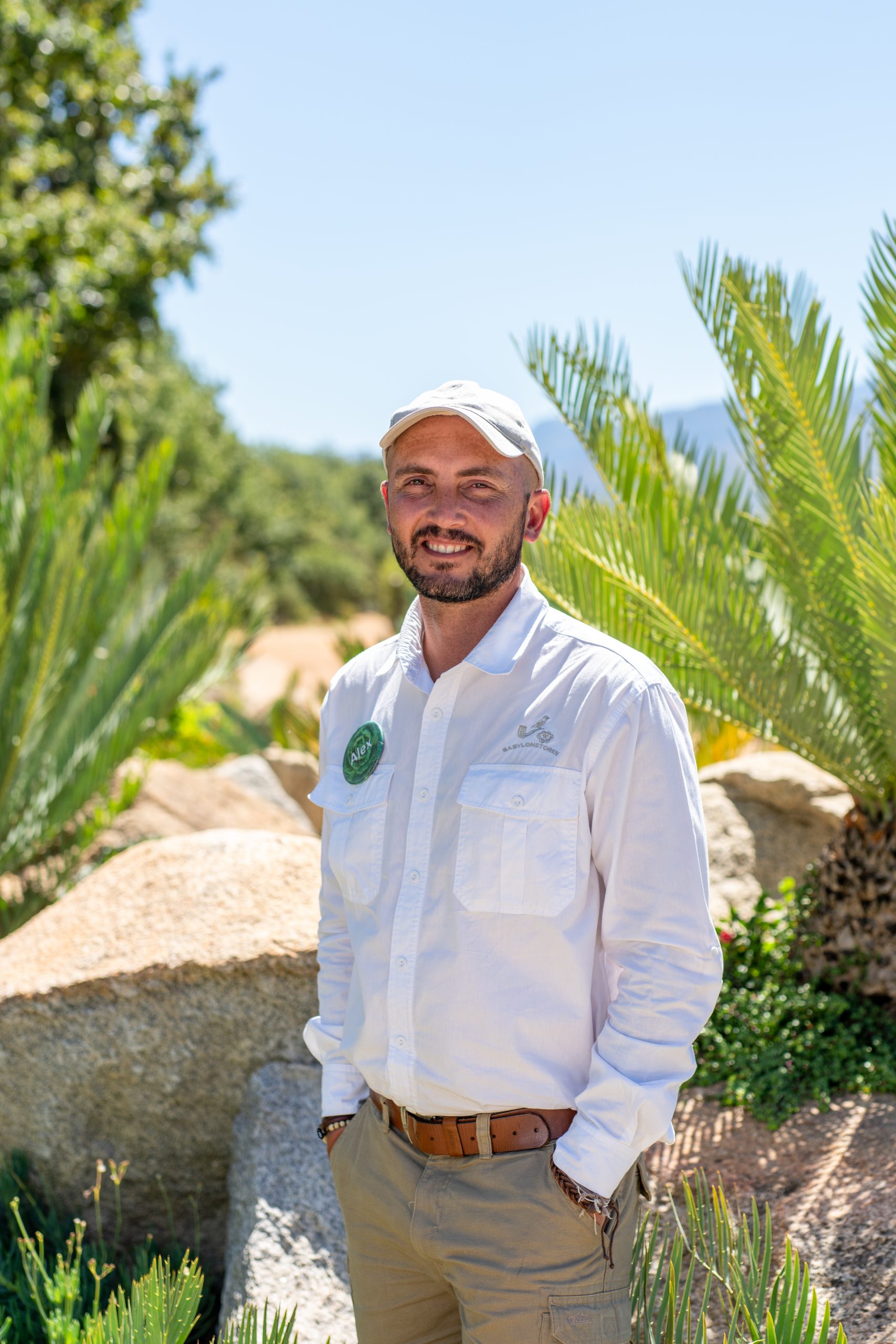FLOW HIVES – THE SWEET STORY
February 27th, 2019The bee block in the historical Babylonstoren garden is abuzz with invention! As an add-on to our traditional bee hives, this ingenious creation, which makes extraction a breeze, has left us even more in awe of the wonder that is honey harvesting. On 1 February, after leaving the colony to grow strong and produce enough surplus honey we filled six jars with golden liquid, using our newly imported Flow Hive system.
With a few cranks of a lever, the Flow Hive has made it possible for beekeepers to effortlessly tap honey, leaving bee colonies undisturbed and unharmed. The invention, dreamt up by Australian father-and-son duo, Stuart and Cedar Anderson, has made honey harvesting more accessible, less time- and labour-intensive and gentler on the hard-working honey bees, which are invaluable to flourishing gardens and healthy crops.
As the name suggests, honey flows out of the hives by simply tapping them. What might sound like a fairly simple harvesting solution, quickly gains regard as one delves into the intricacy and clever design of the Flow Hive. It took Cedar and Stuart almost a decade of design attempts, experimentation, prototypes and refinement to deliver the final product. The light bulb sparked when Stuart held his hands together, mimicking the structure of a honey cell, and then moved them apart to resemble the split of the two halves. His son quickly caught on to this idea, which developed into the sophisticated, efficient and user-friendly end product, enjoyed by beekeepers all around the world today.
(Arné, our entemologist with the freshly harvested raw honey)
HOW A FLOW HIVE WORKS
Traditionally, honey extraction is a multifaceted, timely and quite complex process. This ancient activity has evolved over the years, but nothing has emerged quite as inventive as the Flow Hive, which has simplified the process up to the point of honey on tap.
Much like a typical honey hive, the brood box is located at the bottom. Here, the queen bee comfortably lays her eggs in the cells, after which the new brood is reared by the worker bees. The top of the hive is home to six artificial super frames where honey gets stored. This artificial foundation, on which the bees build their comb, consists of partially formed cells with vertical gaps, making it easy to fill the honey cells and cap them off.
When the cells are capped and the honey is ready for harvesting, a Flow Key is inserted to split the cells, break the wax and let the honey flow into jars. Clear end-frames and side observation windows make it easy for beekeepers to keep an eye on the colony’s activity and determine when to harvest, without bothering or harming the bees. After the honey is extracted, the Flow Hive is reset and the capping process starts all over again.
HONEY HUES
As bees forage nectar from various flowers in season, the colour and flavour of honey can differ from frame to frame. Bees will fill one frame of the Flow Hive and move on to the next as soon as the frame is fully capped. At Babylonstoren, the bees are especially fond of our macadamia nut trees, perennial basil, and sunflowers, which give a lovely taste to our honey. With our first harvest, we effortlessly filled six jars from five different frames, making it a sweet success indeed!
The Flow Hive has certainly introduced a whole new way of extracting honey, which significantly simplifies the process. Honey harvesting, however, remains an art that requires a skilled hand, gentle demeanour and years of experience. Even though harvesting might be more advanced than ever, honey bees will always hold the secret to creating the tastiest golden liquid!

